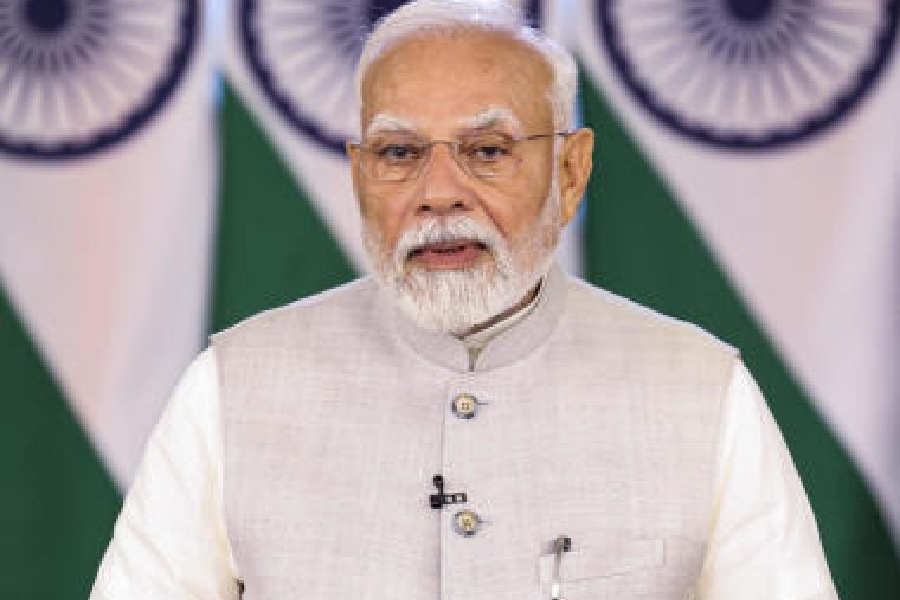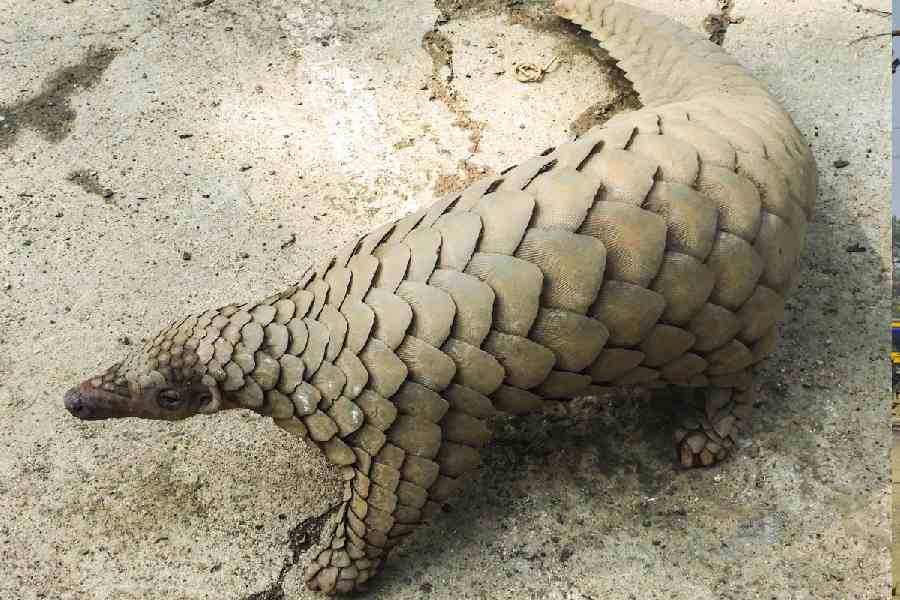 |
The opulence of Awadhi nawabs is preserved as much in the lyrical excesses of their language, Urdu, as in the dresses made of the finest mulmul or the richest makhmal (velvet), embellished with exquisite chikankari or zardozi work. In the preface to the book, COSTUMES AND TEXTILES OF AWADH: FROM THE ERA OF NAWABS TO MODERN TIMES (Roli, 995), the author, Sushama Swarup, lists the many names of muslin: ab-e-rawan (running water), shabnam (dew) and baft hawa (woven air). It would be difficult to say which is more beautiful — the words or the fabric they describe. Similarly, the gossamer softness of the preferred textile of the nawabs, mulmul, is conveyed by the tactile quality of the word itself. The 14th-century poet, Amir Khusrau, quoted by Swarup here, approximates the loveliness of the fabric with his words: “It is so transparent and light that it looks as if one is in no dress at all but has only smeared the body with pure water.”
Swarup attempts to read the history of Awadh in the fabric of the clothes its nawabs, begums courtesans and nobles wore. The book is proclaimed to be the result of five years of research. It is indeed full of factual details, but, in general, Swarup fails to make any connection between the clothes and their significance. She does not say whether, or in what ways, costumes were markers of social rank in Awadh. For instance, the detail of a long-sleeved 18th-century choga shows the floral motif of the appliqué work on the backside (left, top) and the cloth-cased buttons used for fastening (left, bottom). Swarup just notes that the buttons and loops “indicated the rank of the person wearing the garment”. But in what ways did they do so? Did buttons of the kind shown here denote the height of nobility or were they, given their relatively plain look, meant for people lower down in the feudal ladder? In the absence of any analysis, Swarup’s book reads mostly like a catalogue of changing Awadhi fashion. Moreover, most of the photographs reproduced here are blurred, giving the book a shoddy look.
Middle, top shows a group of boys in their royal finery. The first two are dressed in embroidered brocade achkans-paijamas and topis. The third wears an ornate velvet coat and pant suit with laced shoes. Middle, left is a piece of the chikankari work with which Lucknow is linked in the popular imagination. The delicate shadowy effect is created by the appliqué on the inner side of the cloth. Middle, right is a velvet bedcover with tassels. A few motifs of varying intricacy, like stars, flowers and raw mango, were used in the clothes and accessories (middle, bottom). The abiding glamour of the Awadhi style is testified by this Giorgio Armani dress (right), which is an adaptation of the traditional achkan worn by nawabs.











